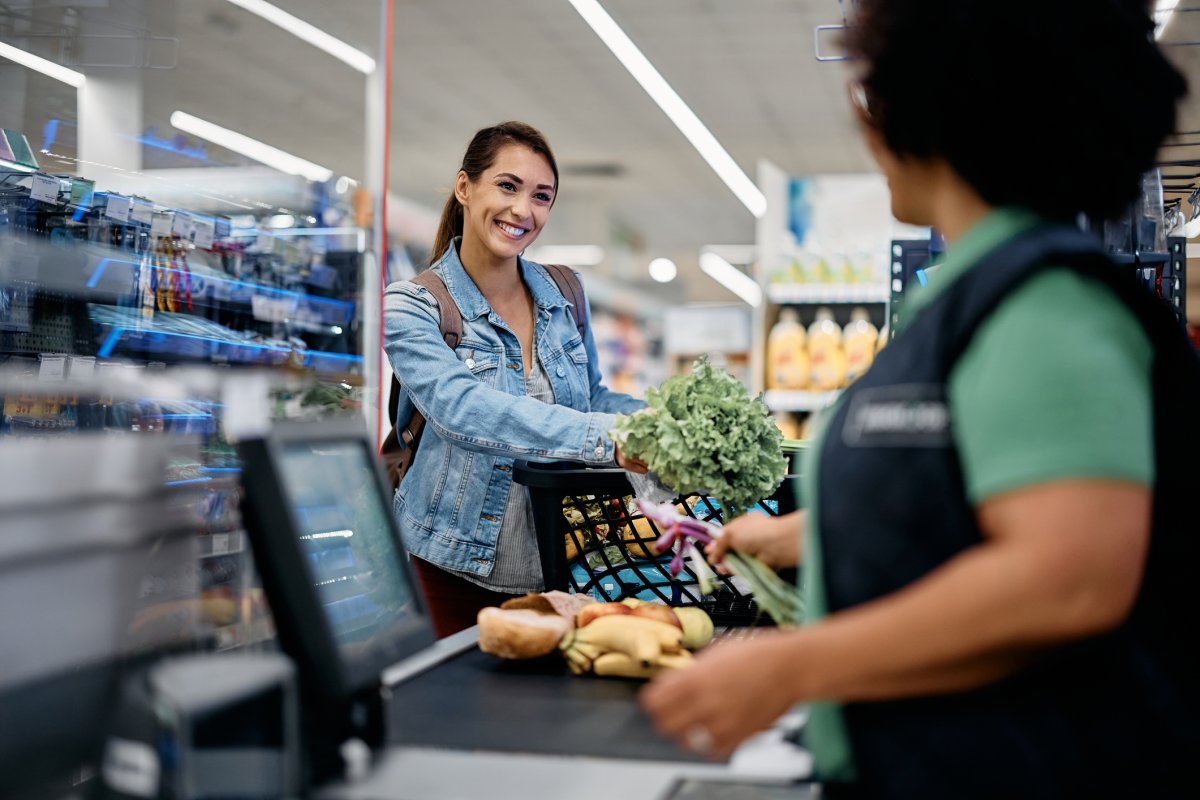Millions of people who are eligible for SNAP benefits are not claiming them, the U.S. Department of Agriculture (USDA) has said, as it announces new plans to strengthen college student access to the nationwide food benefit program.
Supplemental Nutrition Assistance Program (SNAP) benefits, often known as food stamps, are the nation's largest nutrition assistance program, and is provided to low- and no-income households to pay for groceries. Amounts are loaded monthly onto an electronic benefit transfer (EBT) card that can be spent at participating grocery stores.
The government agency has announced it will begin sending emails to low-income college students who are likely eligible to claim food stamps. The USDA will inform them of their potential eligibility, basic information about SNAP rules for students, and how to make an application. It will also work with colleges to help them provide guidance on benefits for students.
There are around 19 million current undergraduate and graduate college students in the U.S. today, according to projections by the Education Data Initiative. U.S. Under Secretary of Education James Kvaal said that "almost one-quarter of college students experience food insecurity, and too many of these students who qualify for SNAP are not receiving benefits."

To qualify for SNAP, students enrolled in higher-education courses at least half-time must meet the program's income and other eligibility criteria, along with at least one additional eligibility condition, such as participating in a work-study program, working at least 20 hours per week, being a single parent, or having a disability.
"We're committed to making SNAP more accessible and easier to understand for low-income college students," USDA Food, Nutrition, and Consumer Services Deputy Under Secretary Cindy Long said. "Many of today's college students are balancing jobs and family responsibilities.
"Access to SNAP ensures that eligible students can focus on their education, mental health, and overall well-being, rather than making difficult choices between groceries, textbooks, or other essentials," Long added.
Kvaal said: "This joint agreement represents the commitment of the Department of Education and USDA to work together to ensure low-income students receive all the support they need to afford and complete college."
According to data from the USDA, in 2023, around 42 million payments were made every month, around 12.6 percent of the population. Federal SNAP spending totaled $112.8 billion and benefits averaged $211.93 per beneficiary per month.
The states with the highest percentages of the population claiming food benefits are Illinois, Louisiana, New Mexico, Oklahoma, Oregon, and West Virginia, all of which had more than 16 percent of residents claiming in 2023, with New Mexico topping the table with 23.1 percent.



















:quality(85):upscale()/2024/04/24/878/n/3019466/36c5693c662965c5d1ce91.72473705_.jpg)
 English (US) ·
English (US) ·